Optimal Timing for Foundation Repairs
Understanding the optimal timing for foundation repairs can help ensure effective results and minimize disruptions. The best time typically depends on weather conditions, soil stability, and the extent of damage. Proper planning can lead to more efficient repairs and longer-lasting solutions.
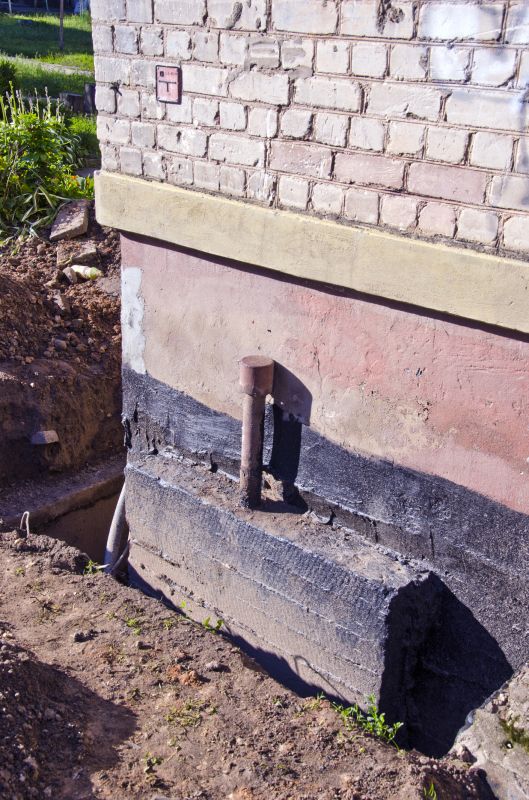
Dry weather reduces soil movement, making it an ideal time for repairs. Soil stability is crucial for effective foundation work.

Cold temperatures and frozen ground can hinder repair processes and affect material performance. Winter is generally less suitable for foundation work.

Moderate temperatures and soil moisture levels make spring and fall suitable for foundation repairs, provided there is no excessive rain.
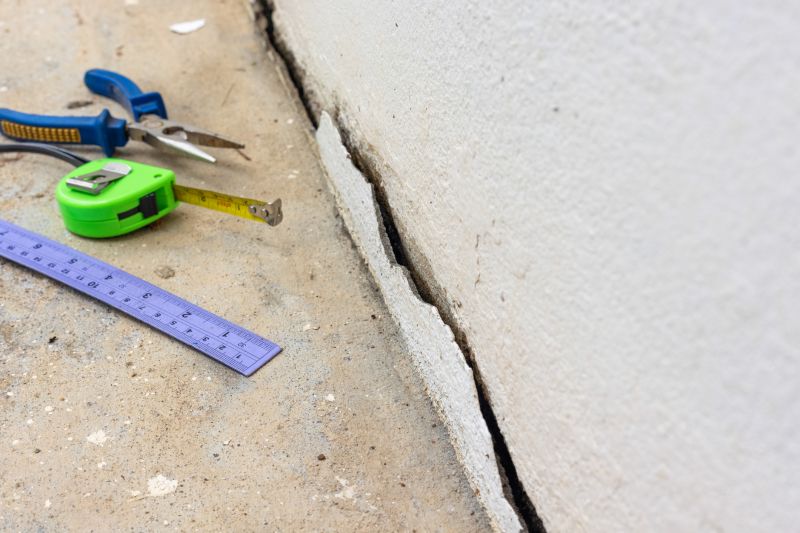
Ways to make Foundation Repairs work in tight or awkward layouts.
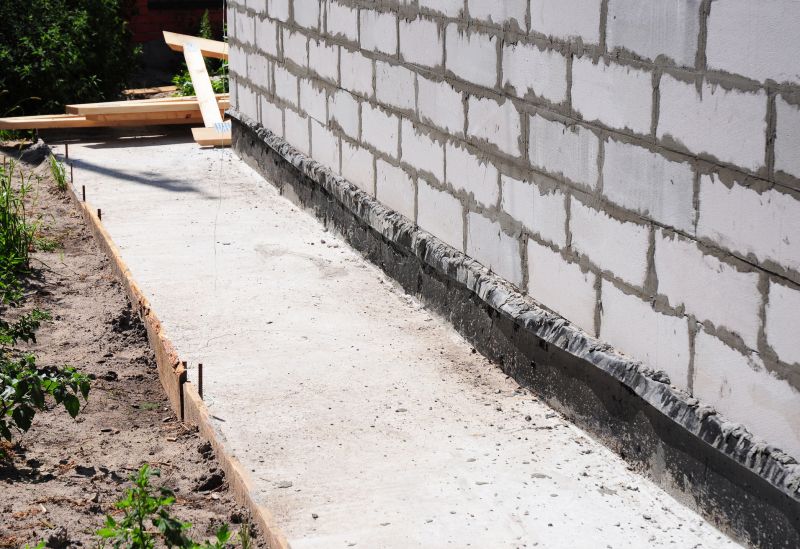
Popular materials for Foundation Repairs and why they hold up over time.

Simple add-ons that improve Foundation Repairs without blowing the budget.
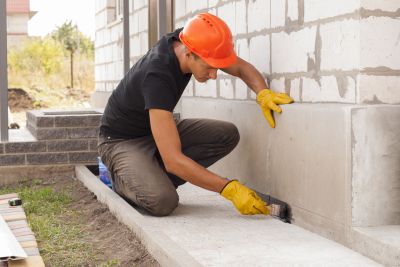
High-end options that actually feel worth it for Foundation Repairs.
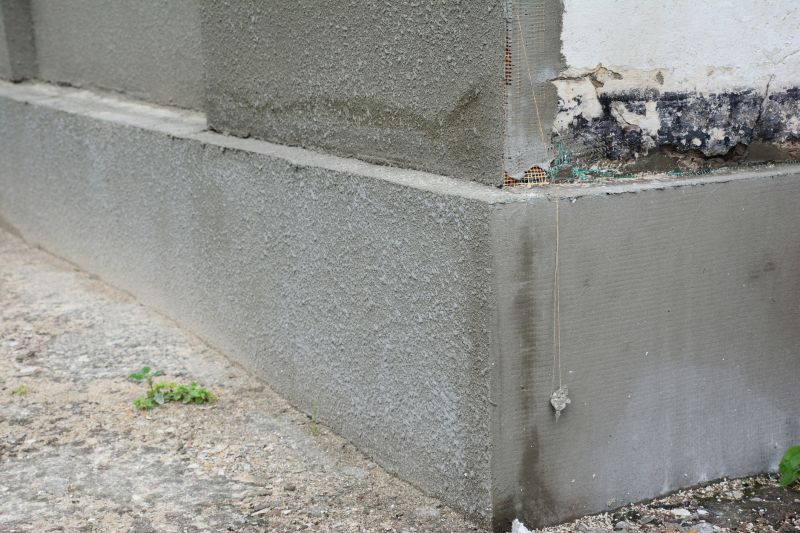
Finishes and colors that play nicely with Foundation Repairs.
Weather conditions significantly influence foundation repair effectiveness. Dry and moderate weather supports better results.
Soil type and moisture levels change seasonally, affecting the timing of repairs for optimal stability.
Visible cracks, uneven floors, and door misalignments suggest immediate attention regardless of season.
Scheduling repairs during favorable weather minimizes complications and enhances durability.

A typical process involves assessment, excavation, stabilization, and backfilling.
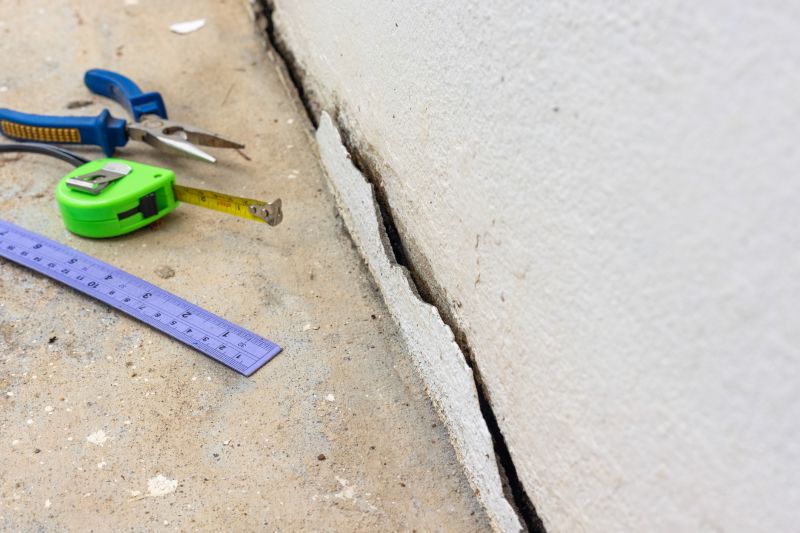
Problems such as settling, cracking, and shifting require timely intervention.

Methods include piering, underpinning, and slab jacking, suited to different damage types.

Regular inspections can identify issues early, allowing repairs to be scheduled at optimal times.

Little measurements that prevent headaches on Foundation Repairs day.
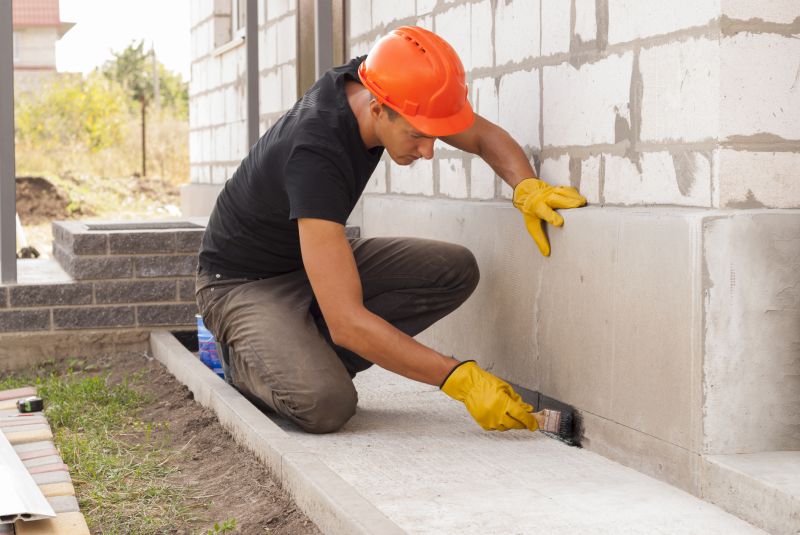
A 60-second routine that keeps Foundation Repairs looking new.
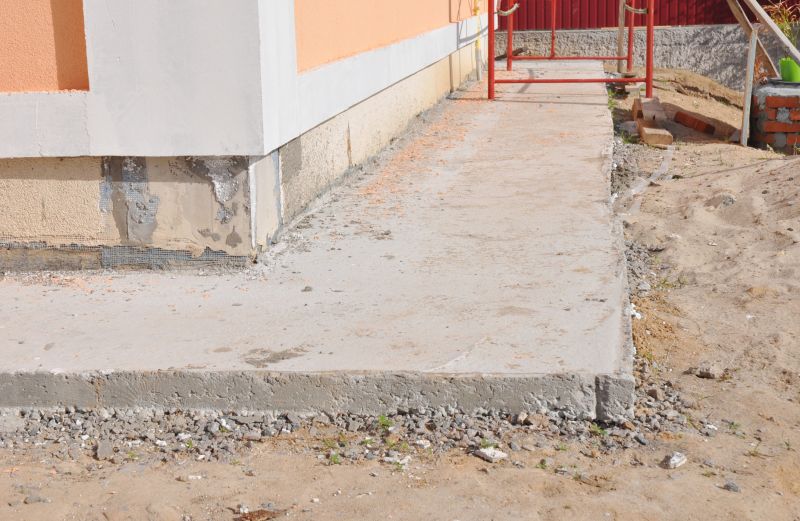
A frequent mistake in Foundation Repairs and how to dodge it.

Small tweaks to make Foundation Repairs safer and easier to use.
| Season | Ideal Repair Conditions |
|---|---|
| Spring | Moderate soil moisture, manageable weather |
| Summer | Dry conditions preferred, avoid extreme heat |
| Fall | Cool temperatures, stable soil moisture |
| Winter | Generally not recommended due to cold and frozen ground |
Foundation repairs are critical for maintaining the structural integrity of a building. They address issues caused by soil movement, moisture fluctuations, and aging materials. Proper timing ensures the repair methods are effective and durable. Seasonal factors like soil moisture content and weather conditions influence the success of foundation stabilization efforts. In regions with significant seasonal variation, planning repairs during stable weather periods minimizes complications and enhances longevity.
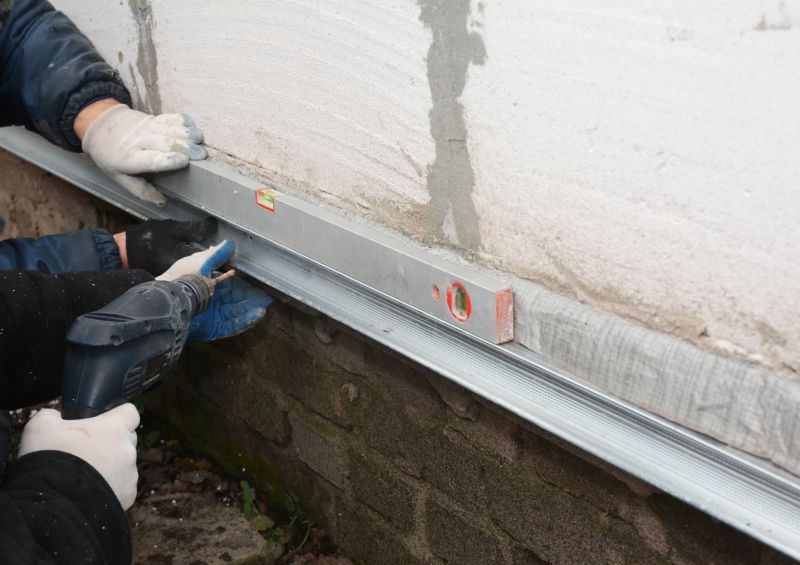
Specialized tools and machinery facilitate efficient repair work.

Visual evidence of repair effectiveness and structural improvements.
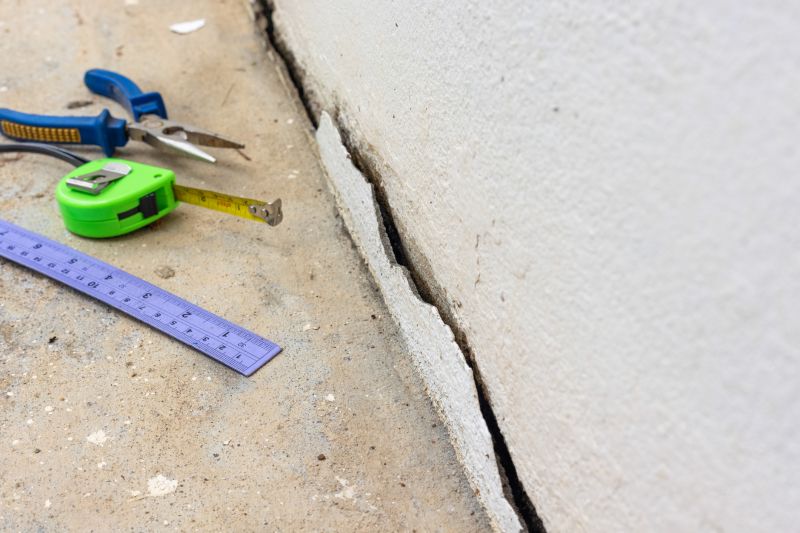
Methods to seal and stabilize cracks for long-term stability.

Techniques to improve soil conditions before repairs.

Lower-waste or water-saving choices for Foundation Repairs.
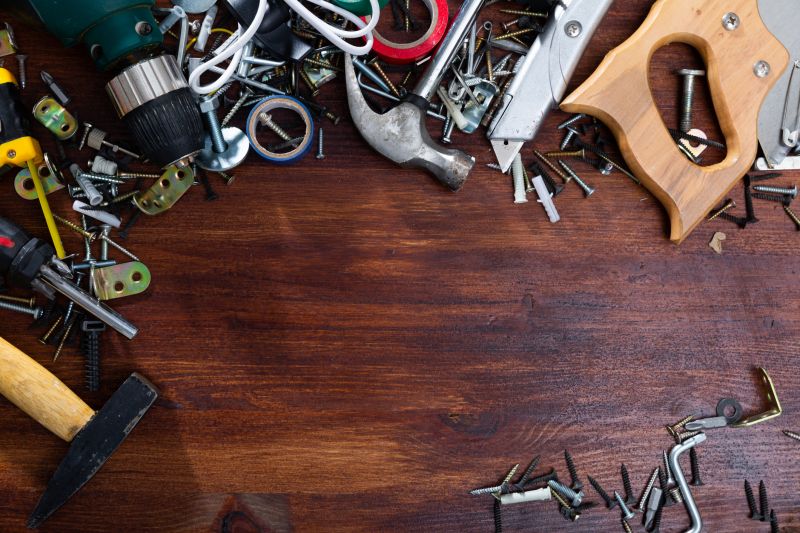
The short, realistic tool list for quality Foundation Repairs.
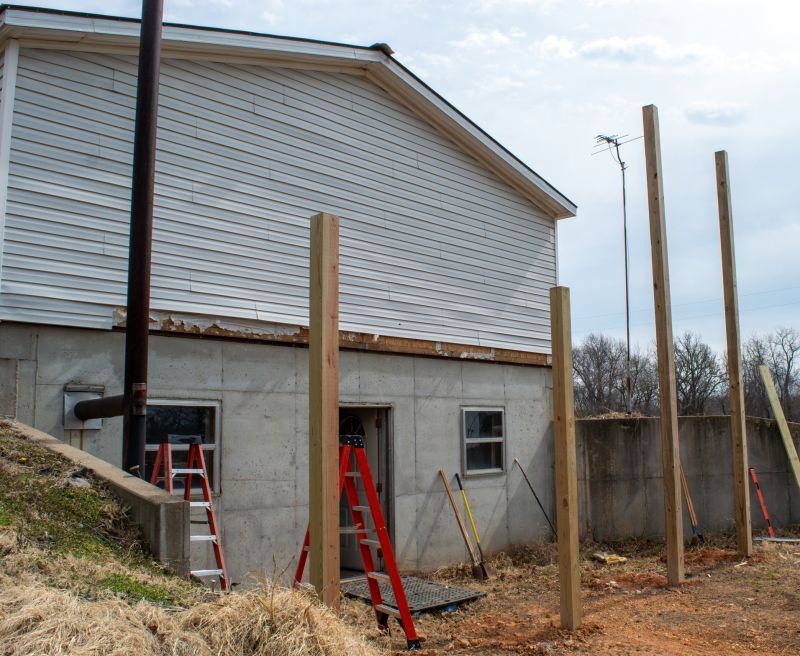
Rough timing from prep to clean-up for Foundation Repairs.
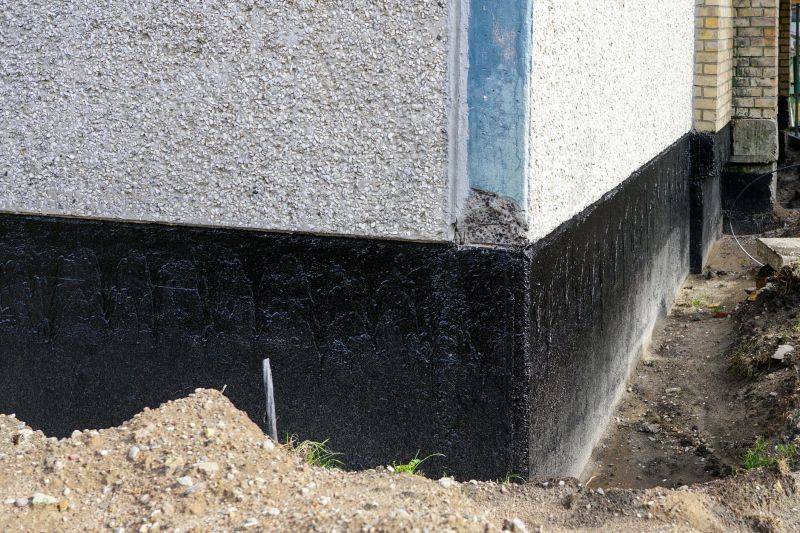
Quick checks and paperwork to keep after Foundation Repairs.
Timely foundation repairs can prevent more extensive and costly damage in the future. Recognizing the appropriate season and weather conditions is essential for successful stabilization. Regular assessments and early intervention are key components in preserving a building’s structural health. If there is interest in foundation repairs, filling out the contact form can facilitate scheduling and consultation.

